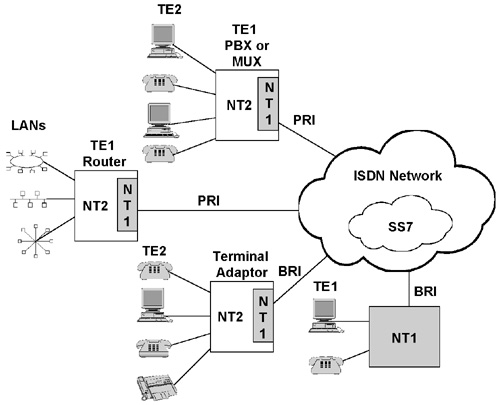Learning Outcomes
By the end of this session the student should be able to analyse and evaluate a selection of data communication services. In this session the student will look at the features of ISDN and its application areas.
Integrated Services Digital Network (ISDN)